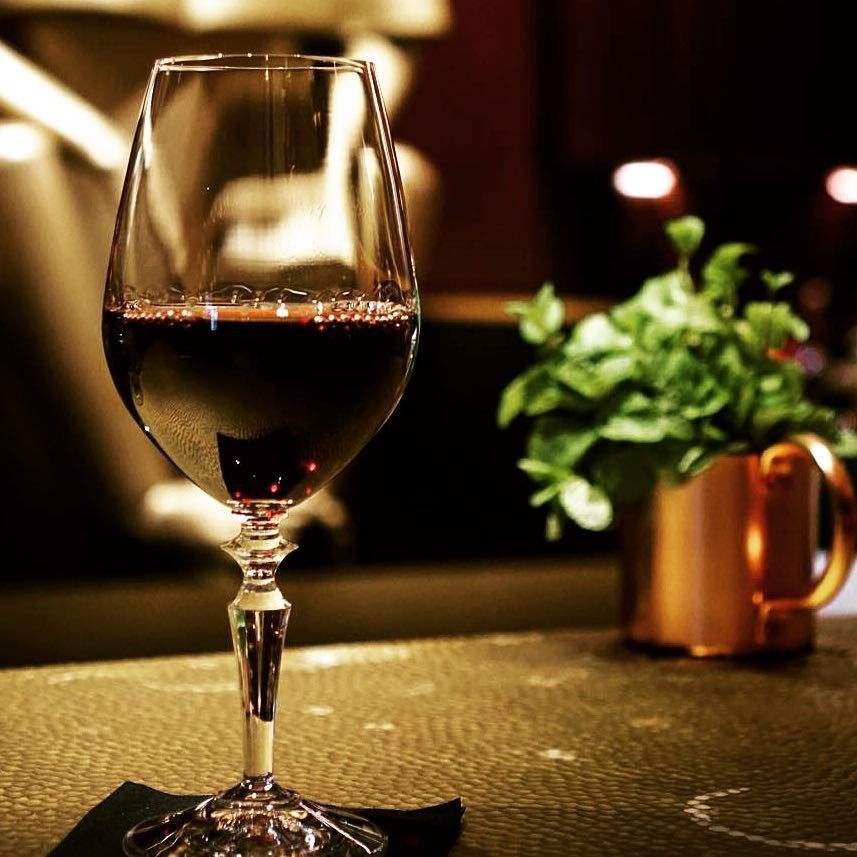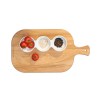Product successfully added to your shopping cart
There are 0 items in your cart. There is 1 item in your cart.
Last blog articles
PANTONE Color of the Year 2026: Cloud Dancer, the White That Signals a Fresh Sta -
A Musical Christmas: Classics and Jazz to Celebrate with the Family -
How to Cut Cheese and Create the Perfect Cheese Board for Your Christmas Table -
Celebrate and Offer - Christmas gift ideas -
Goodwill: The Magic of Christmas in Pieces That Tell Stories -
Learn How to Taste Wine Like a Pro
Published : 10/26/2021
Categories : Let yourself be Inspired

Wine is not only associated with social life, but it is also an influential part of gastronomy, being part of our culture.
We have all had moments when we would like to join our friends or family and enjoy good wine, but we did not know how to impress them. I'm sure you've seen someone spinning the glass before tasting the wine, or even tilting the glass over the table to test the colour, right? At first, it may seem eccentric, but the truth is that they become gestures that will reveal to you a lot about your wine.
In&Out Cooking helps you to demystify those confusing moments, as well as to select the best type of glass to go with each wine.
With our elegant collection of glasses, wine hour will turn into a real pleasure.
Wine tasting is a process that requires some patience since to appreciate and taste it properly, it is necessary to analyze its qualities through sight, smell and finally, taste.
Visual Analysis

Pour the wine at approximately ⅓ of the glass's capacity - take a look at the glasses that we have selected for each occasion, as well as our accessories collection that will enhance your table. The room must be well illuminated, where the glass can be tilted, to observe its colouring.
It is essential to make sure that the wine is clear and bright before performing any other analysis, because particles floating inside the glass may indicate some problem in your drink. Unless the wine hasn't been filtered during confection, this accumulation of residues may also happen in wines with some age - the ideal solution is to have aDecanter.
After observing you can then tilt the cup. What is its purpose? Besides oxygenating the wine and releasing some aromas, it also forms the so-called glass tears that can show if the wine has too much or too little alcohol. The slower the tears flow, the more alcohol percentage the wine may have.
Olfactive Analysis

It is one of the most relevant tasting analyses as any defect that has not been perceptible will now become evident. The first evaluation should always be the aroma - whether it is pleasant and clean or not. You can then rotate the wine in the glass so that it releases its aromatic components, where they will be more intense and pleasant and thus easier to identify. Aromas are divided into primary aromas - the grape aroma; secondary aromas - they appear during the wine production process and finally, tertiary aromas - obtained through the wine ripening process or bottle ageing.
Taste Analysis
Now, besides assessing whether the wine is technically excellent, it's also here that you will see whether it pleases your palate - which in the end is what matters most. Here you will confirm all the aromas you felt before and still discover new flavours.
Taste analysis will highlight elements such as alcohol, tannin and acidity (the three essential elements of wine) - body, sweetness and flavours. These three elements must be perfectly balanced to have high-quality wine.
Alcohol: the higher the percentage of alcohol wine has, the greater the sensation of warmth and weight.
Acidity: is measured by salivation and freshness. White, sparkling and rosé are the winners in acidity, which can be assessed as low, medium or high.
Tannins: it's the perception of astringency in your mouth. Do you know that feeling of biting a green banana? The more intense that feeling is, the more tannic the wine is.

With all these tips to be a great taster, you can organize a home tasting, set up the table with our help, invite your friends, gather your family and enjoy this moment!
It will be such a fun moment! Tchin, Tchin!
Wine&Cheese




